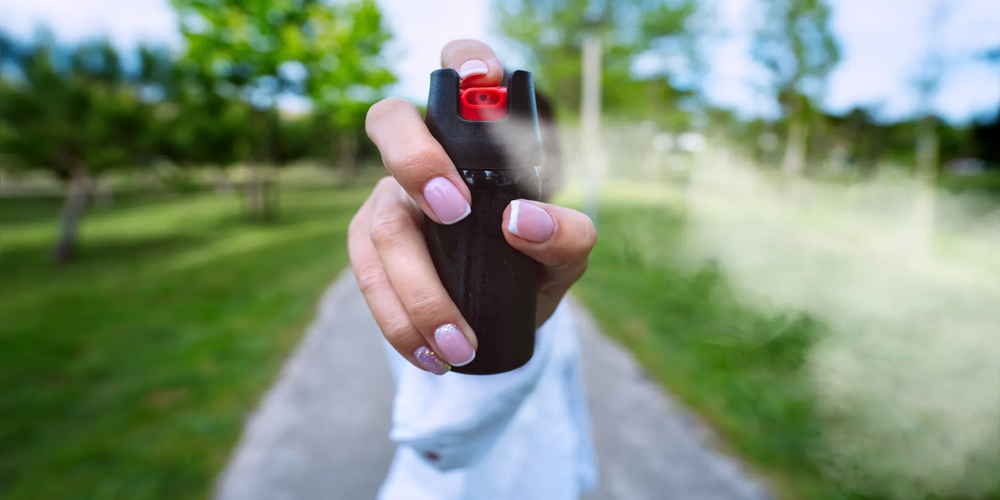7 Most-Used Self-Defense Items That Keep You Safe

Here are the self-defense items most commonly used — practical, widely available, and focused on giving you time and options to escape rather than to escalate a confrontation.
Most used self-defense items
- Pepper spray
Compact, inexpensive, and effective at temporarily disabling an attacker’s eyes and breathing, pepper spray is one of the most commonly carried self-defense tools. It requires minimal training to use, but you should practice aiming and be aware of wind and enclosed spaces. Laws and allowed formulations vary by location, so check local regulations before you buy. - Personal alarm (panic alarm)
A small electronic device that emits a very loud siren when activated. Personal alarms don’t injure anyone — they attract attention and can deter an attacker quickly. Because they’re nonviolent and legal almost everywhere, many people keep one on a keyring, in a purse, or clipped to clothing. - Tactical flashlight
A bright, durable flashlight serves double duty: illuminating dark paths and temporarily blinding or disorienting someone by shining a high-lumen beam into their eyes. A good tactical flashlight is sturdy enough for striking in an extreme emergency, but its primary benefit is visibility and allowing you to move safely. - Stun device / Taser (where legal)
Electronic control devices can stop an attacker by disrupting muscle control, giving you precious seconds to run. These devices require some training and have significant legal restrictions in many regions — always verify local laws and get hands-on instruction if you choose to carry one. - Keychain self-defense tools (kubotan, striker)
Small, legal in many areas, and easy to carry, these are designed to increase the force of a palm strike or to create a barrier between you and an attacker. They work best if you’ve practiced using them and understand when to use force versus when to escape. - Pocket knife/utility knife
Many people carry a small folding knife for practical reasons; in self-defense, it can be a last-resort tool. Knives introduce serious legal and safety issues; if you carry one, get proper training, keep it secured, and understand that using a knife has high-risk consequences. - Whistle or voice amplifier
Simple, low-cost, and nonthreatening — loud vocal alarm can attract attention, disrupt an aggressor’s focus, and summon help. Good for children and adults alike.
Important notes (safety, legality, mindset)
- Prioritize avoidance, awareness, and de-escalation. The best self-defense is preventing an incident.
- Learn basic training: situational awareness, verbal boundary setting, and escape techniques are more useful than relying on a tool alone.
- Check local laws. What’s legal to carry or use varies widely — penalties for illegal possession can be severe.
- Maintenance and practice matter. Know how your device works, keep it charged or in good condition, and practice realistic activation or deployment (without using it on people).
- Choose nonlethal options if possible; tools that cause attention or incapacitation for a short time (alarms, spray) reduce long-term harm.
A well-chosen item can increase your confidence and buy you time to escape. Combine tools with training, legal knowledge, and situational awareness — that trio is the smartest, most effective approach to personal safety.
